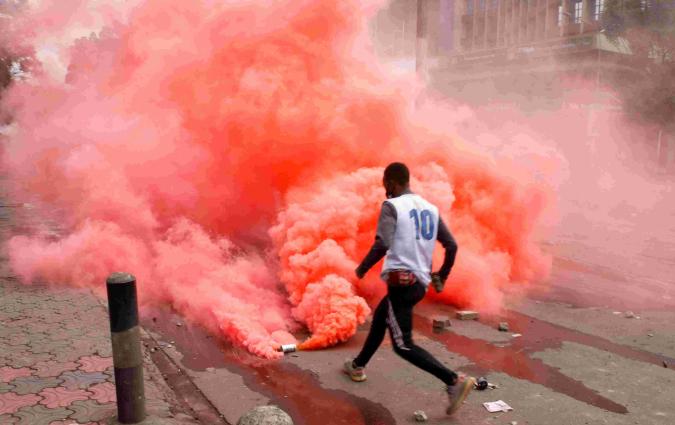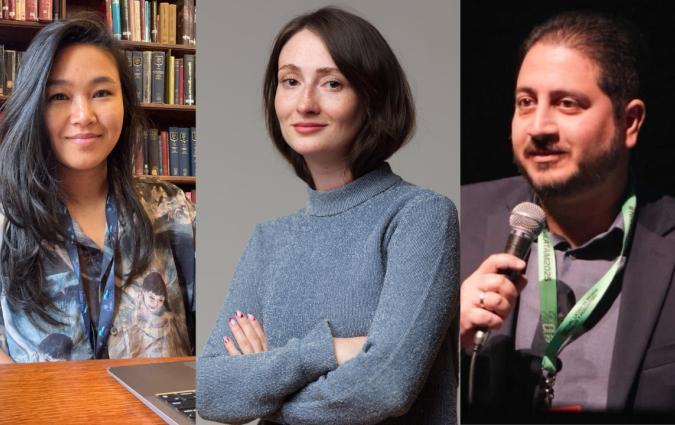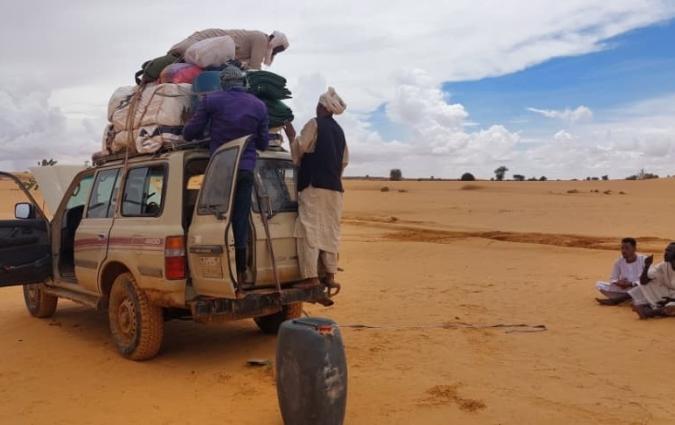Eduardo Suarez on the work of the Institute's editorial team in 2024-25
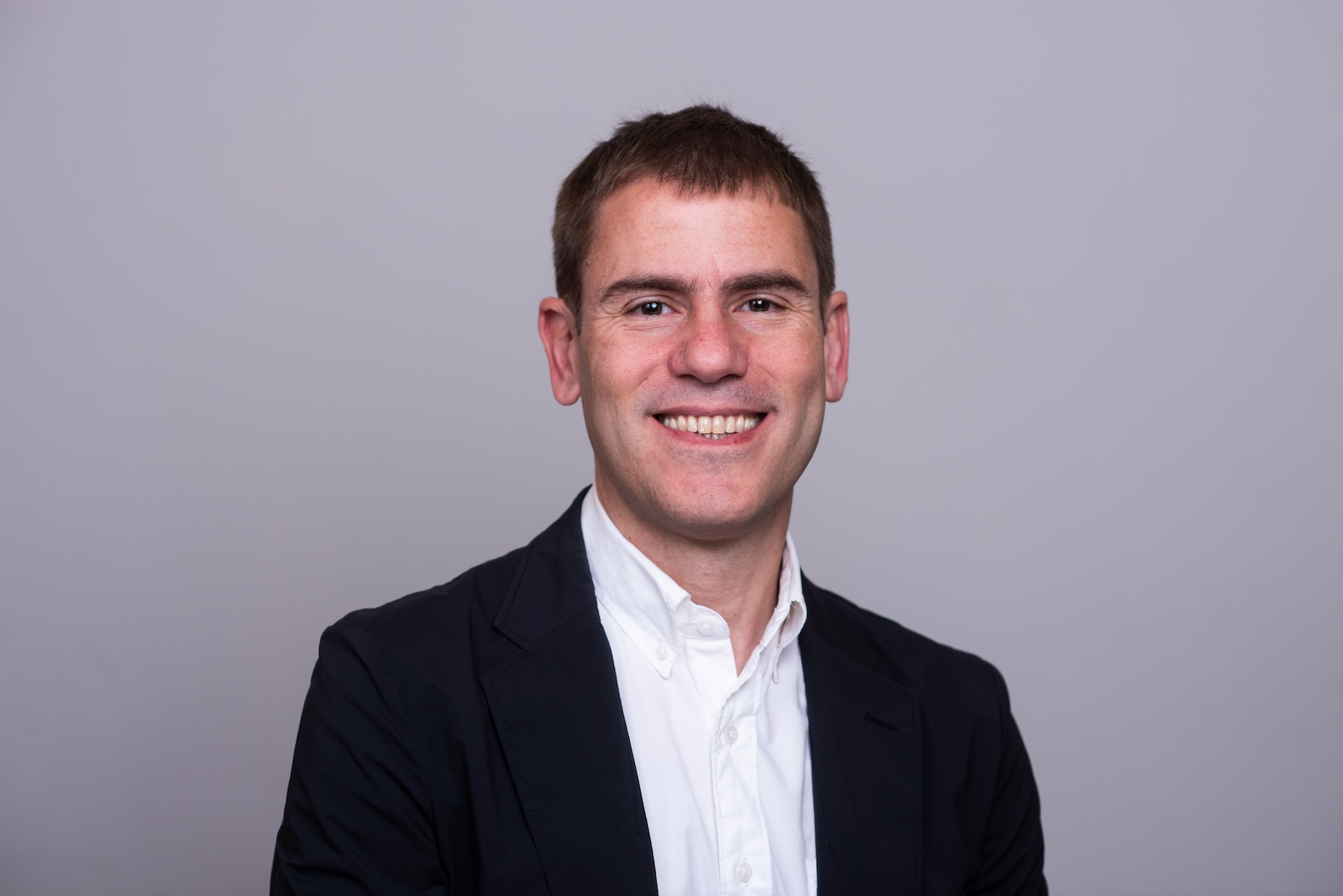
Eduardo Suárez, Director of Editorial of the Reuters Institute.
From our Annual Report 2024-25
Donald Trump’s return to the White House has harmed journalism – and not just in the United States. Our original reporting has documented this powerful earthquake, which has reduced public funding for investigative journalism, shrunk fact-checking budgets and reach across platforms, and emboldened authoritarian leaders around the world.
Our reporters Matthew Leake, Gretel Kahn and Marina Adami have explored Trump’s impact on journalism worldwide this year. Their pieces have covered the influence of news avoidance and misinformation in his second victory, the damage his cuts have inflicted on public broadcasters and independent news organisations, and the uncertainty created by digital platforms’ decision to retreat from fact-checking as a way to appease right-wing critics in the United States.
This has been the main focus of our original reporting this year. But we have also reported on the changing nature of social media, news publishers owned by their journalists, gender inequality in Kenyan newsrooms, press freedom in Italy and Burkina Faso, the work of innovators in Syria, Indonesia and Singapore, and the rise of news influencers in Kenya, Argentina and the Philippines.
Our contributors have reported on the emotional toll of covering climate and on newsrooms cutting their own carbon emissions. We have published articles on journalists covering immigration, infanticide and wildlife, and even guided our audience through the intricacies of this year’s papal election.
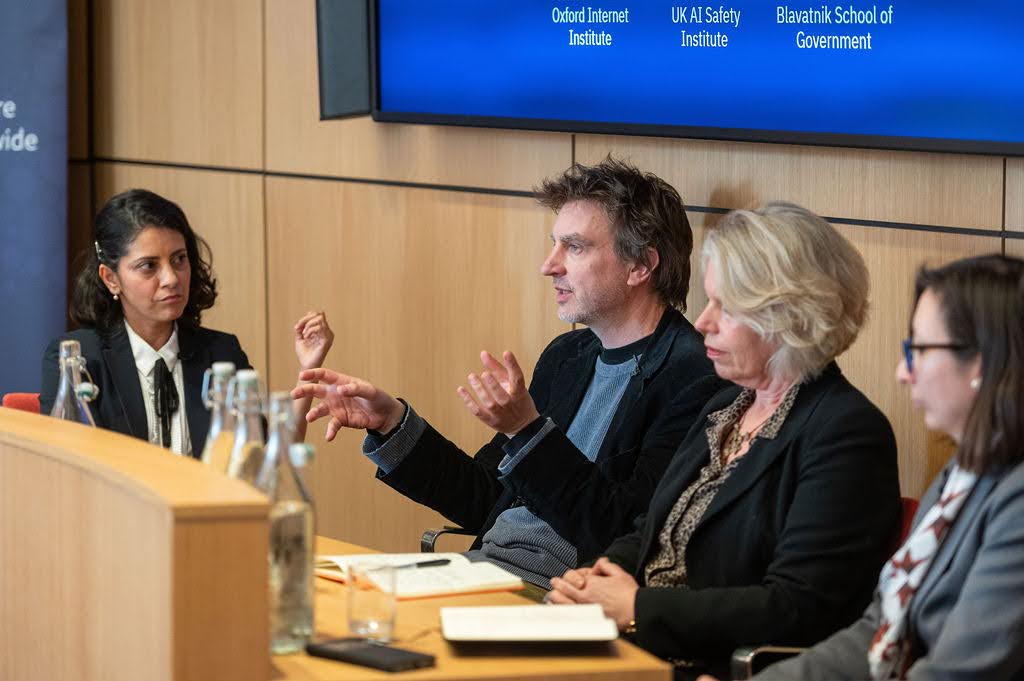
A key event and our digital outreach
In April thousands of people joined our one-day hybrid conference on AI and the future of news, featuring experts from journalism and academia, and we kept covering the space with original reporting on different aspects of this emerging technology, from AI slop to copyright, biases and elections. Our pieces have examined the performance of different large language models and featured experts such as Karen Hao, Alina Trapova, David Caswell, Sandra Wachter, Eliot Higgins, Ramaa Sharma, Sydney Martin, Florent Daudens and Sacha Altay.
While doing all of this, we’ve kept promoting the work of our research team and our Journalist Fellows on our digital channels. Almost every piece of research we publish is now translated into Spanish by our colleague Abel Escudero, including our signature Digital News Report. This year we’ve made our findings even more accessible through new carousels, a few vertical videos and a video podcast featuring the authors of the report.
As a result, our digital footprint kept growing, with our newsletters now sent to over 31,000 people, our LinkedIn daily roundup sent to almost 29,000 followers, and our social audience growing steadily on Instagram and Bluesky.
In every email we send you'll find original reporting, evidence-based insights, online seminars and readings curated from 100s of sources - all in 5 minutes.
- Twice a week
- More than 20,000 people receive it
- Unsubscribe any time


